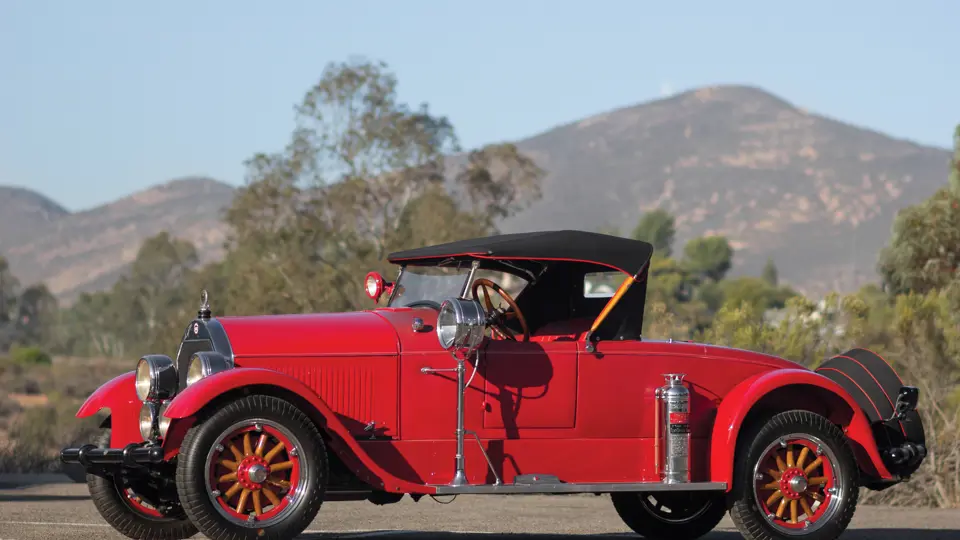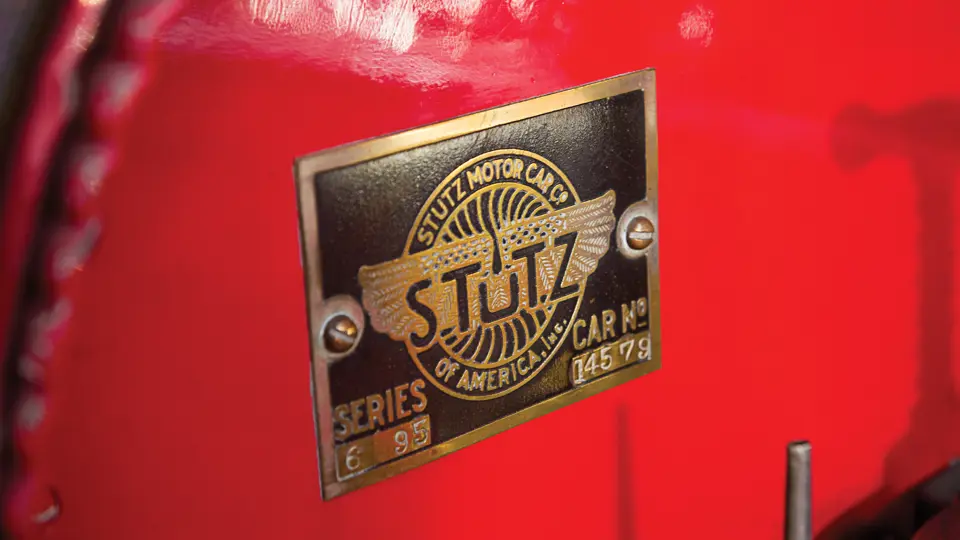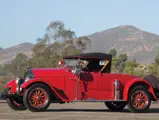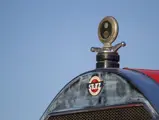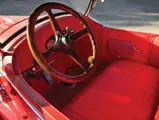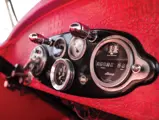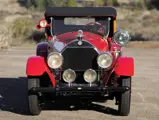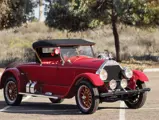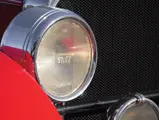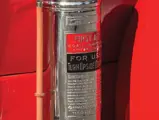80 bhp, 288.6 cu. in. Speedway Six SOHC inline six-cylinder engine, three-speed manual transmission, semi-elliptic front and rear suspension, and rear-wheel disc brakes. Wheelbase: 130 in.
The Stutz Motor Car Company of America was born on the track at Indianapolis. After finishing 11th in the first running of the 500 in 1911, Harry Stutz’s prototype “made good in a day,” as advertising bellowed, and production soon followed. While Stutzes would become increasingly larger and more luxurious as time went on, they never completely strayed from their racing roots. The company pioneered overhead-cam engine designs, and it continued to use the latest track technology to make its automobiles ever faster, ever lighter, and ever stronger.
The 695 Roadster offered here is reportedly one of only two known examples attributed to the Weymann American Body Company, of Indianapolis, which was the American firm that licensed Charles Weymann’s pioneering fabric bodywork. Unusually, this car’s bodywork is leather, stretched over aluminum panels, with a matching engine cover and steel fenders. The interior features beautifully crafted red crocodile leather, which is a comfortable touch in an otherwise jaunty, all-business sports machine. Wonderful period touches include the Chicago Balloon front and rear bumpers, dual Trippe driving lights and running board spotlight, a very rare passenger mirror/spotlight, and an original rechromed running board-mounted fuel can.
Prior to acquisition by Mr. Swimmer, the Stutz completed a tour of northern Europe in 1997, taking good advantage of the massive low-end torque produced by its overhead-cam Speedway Six engine. The car is in running and driving order, and it has recently had minor work done to the ignition system and starter; however, it has not been run any distance recently, and it would certainly benefit from a mechanical servicing prior to any long tour. Cosmetically, it continues to present beautifully, as evidenced by its Best in Class win at the Concours d’Elegance of America at St. John’s in 2009.
Perhaps no Nickel Era Stutz better embodies the thrill and performance of the earlier Bearcats and Bulldogs as this dashing red Roadster.
Titled as 1926.




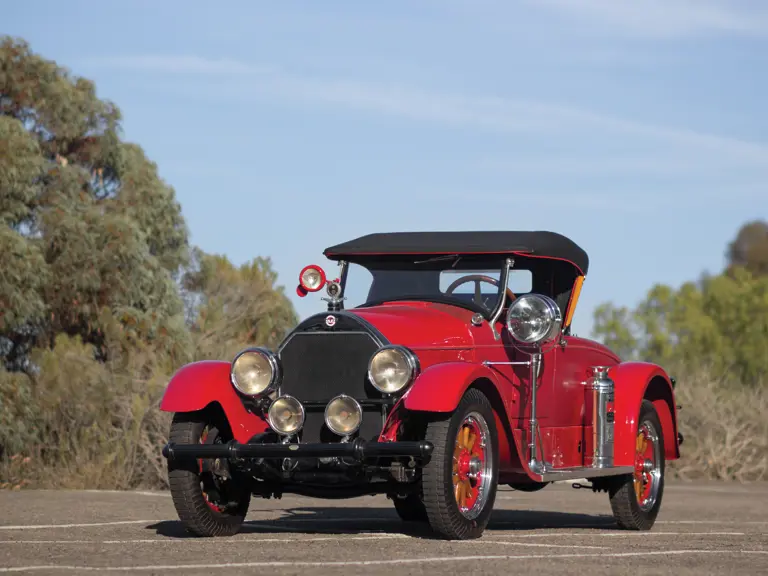
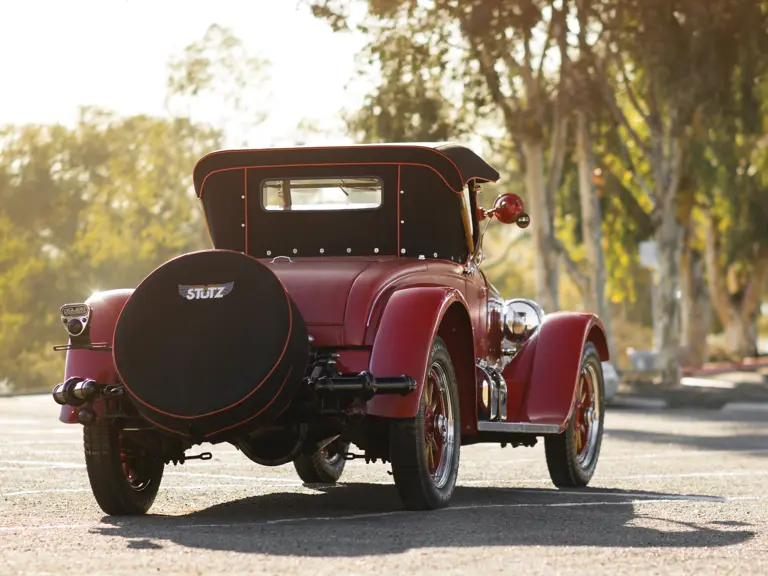
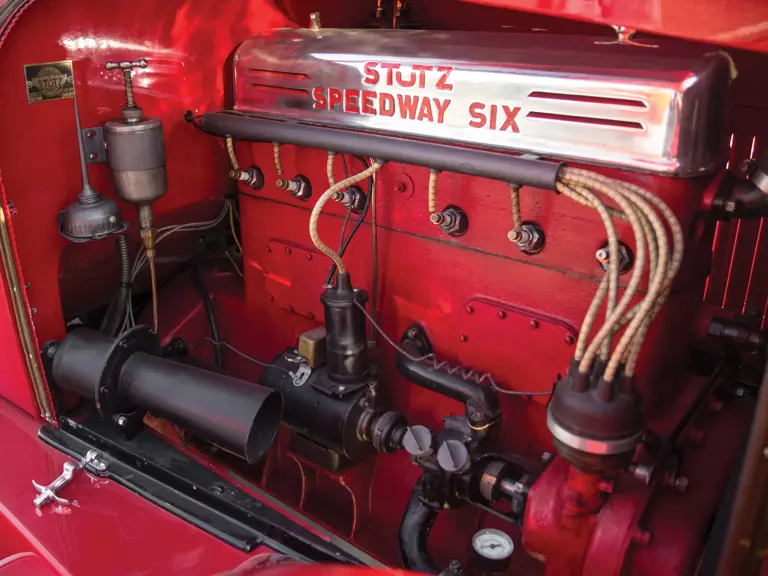

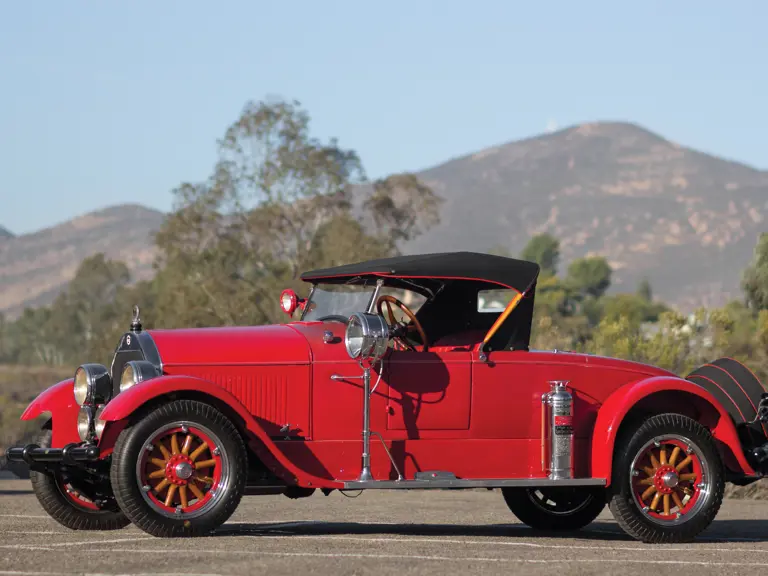
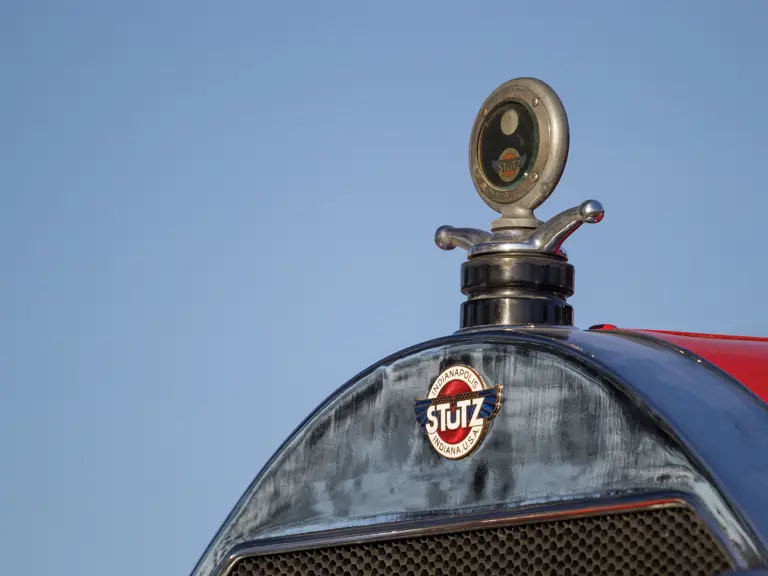
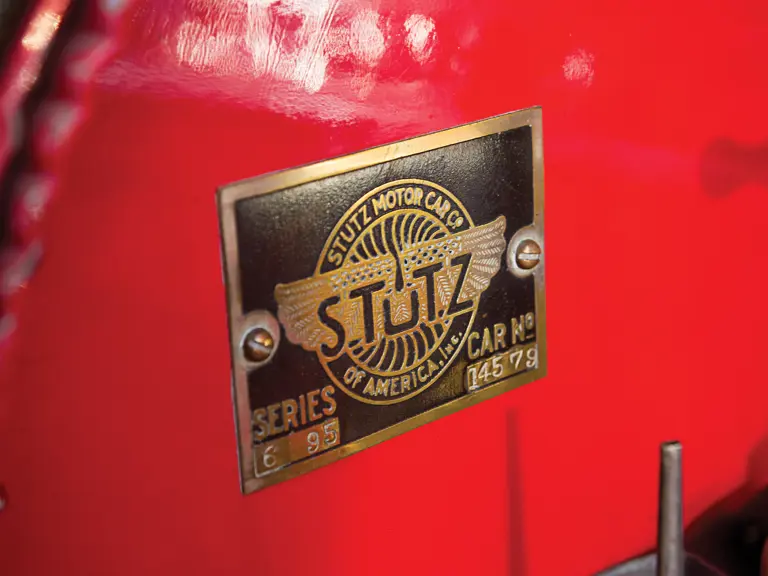
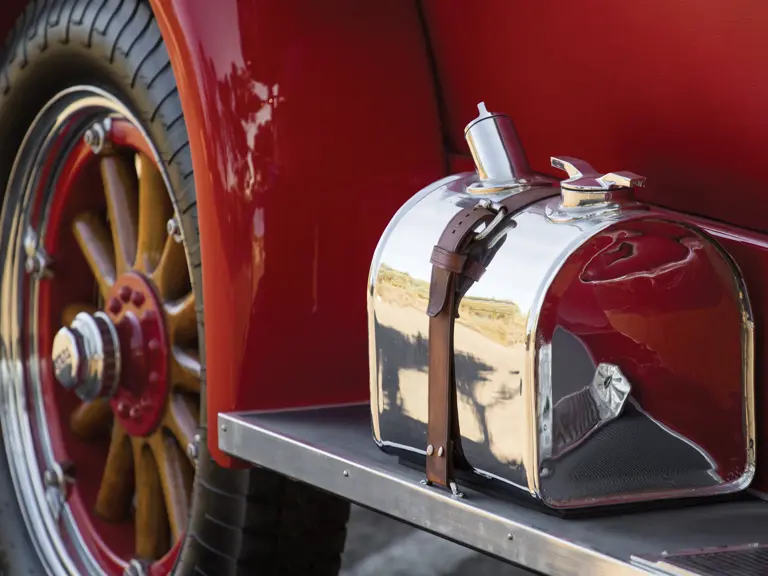
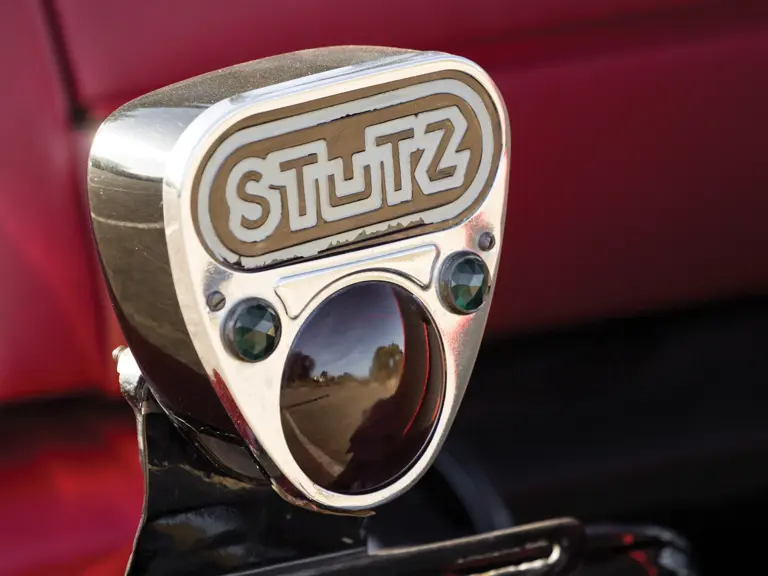
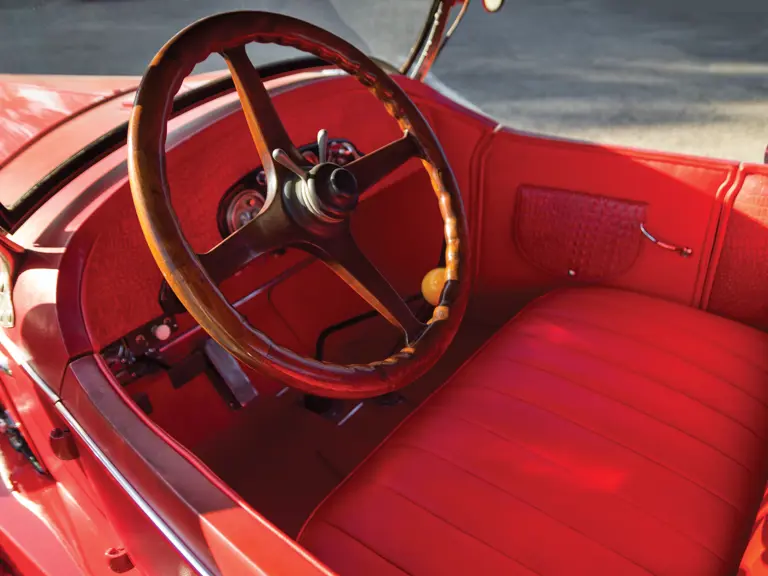
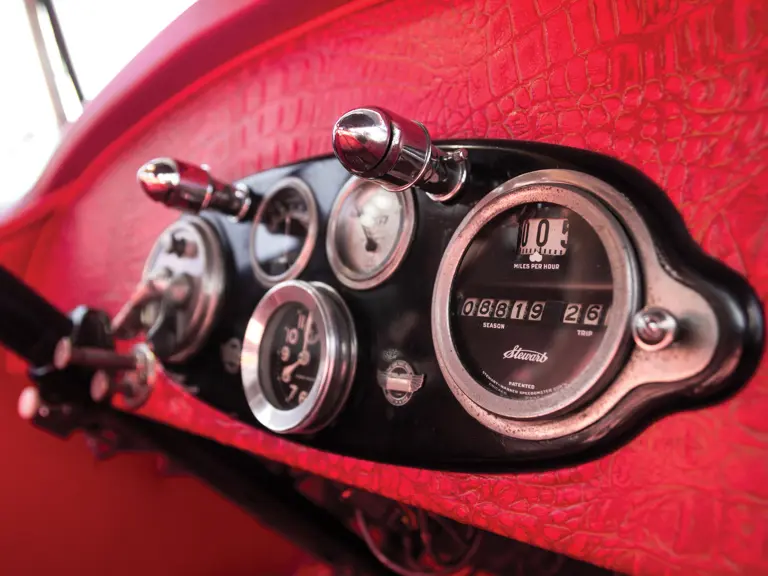
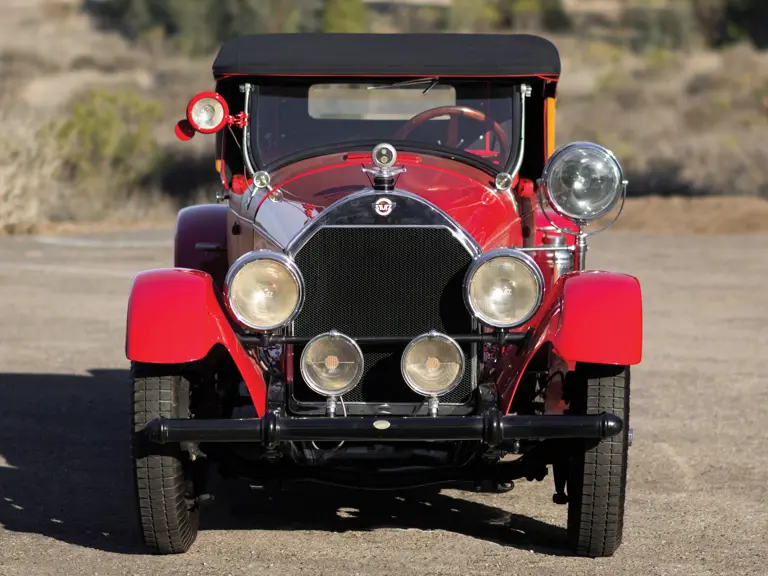
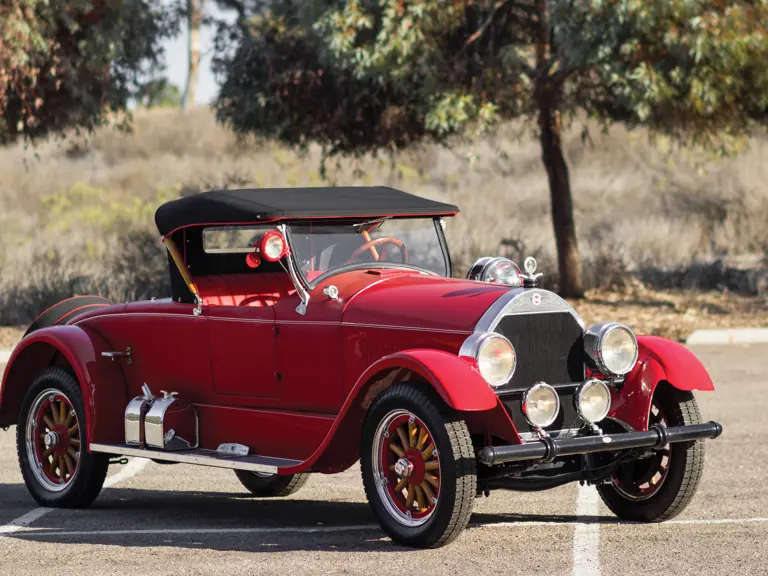
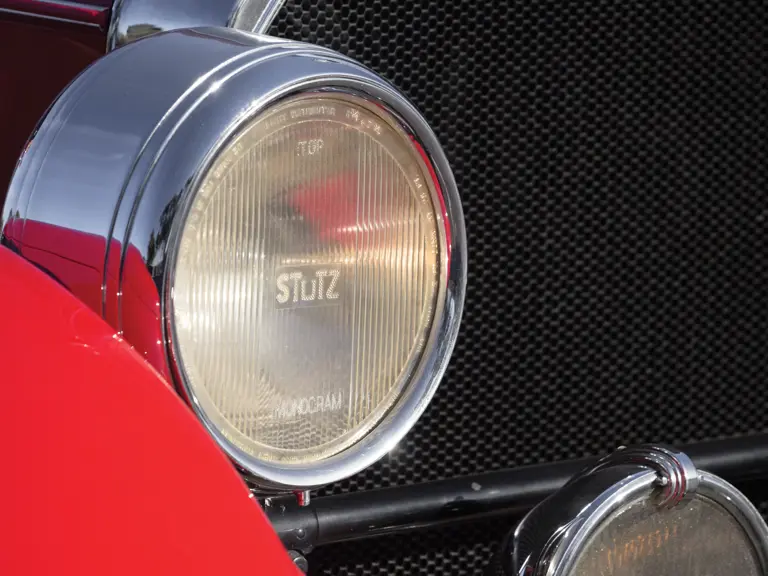
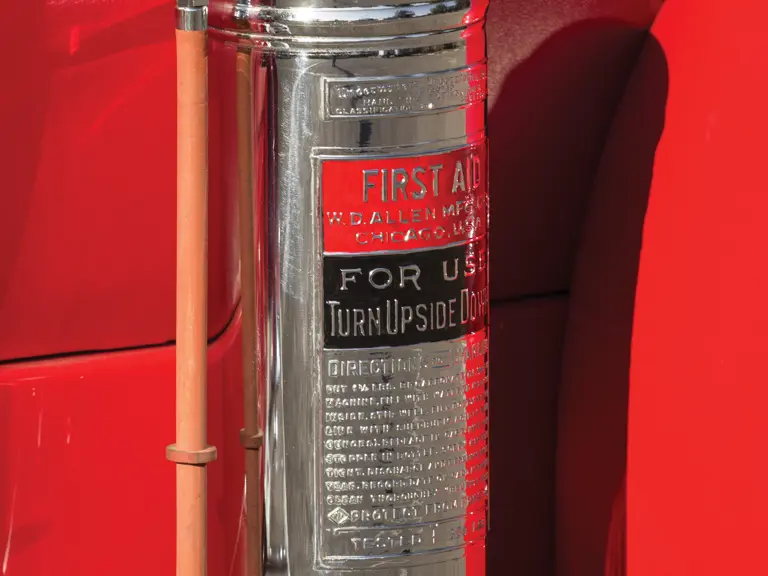
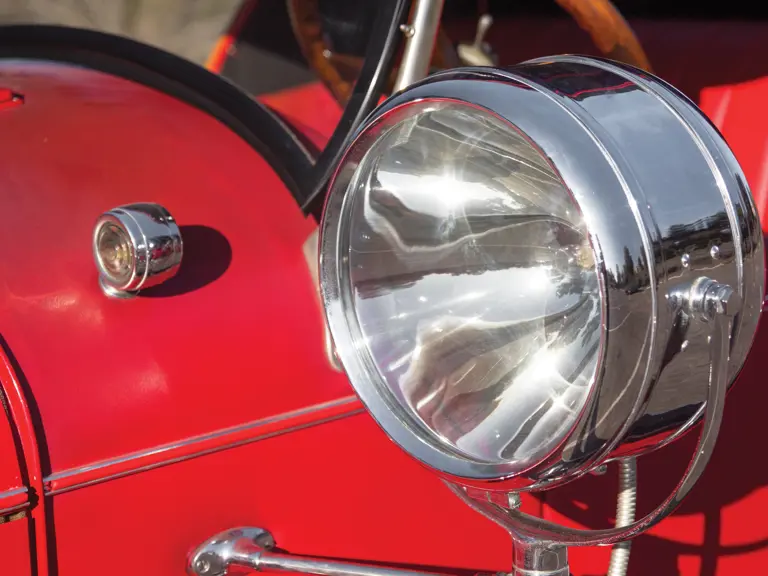
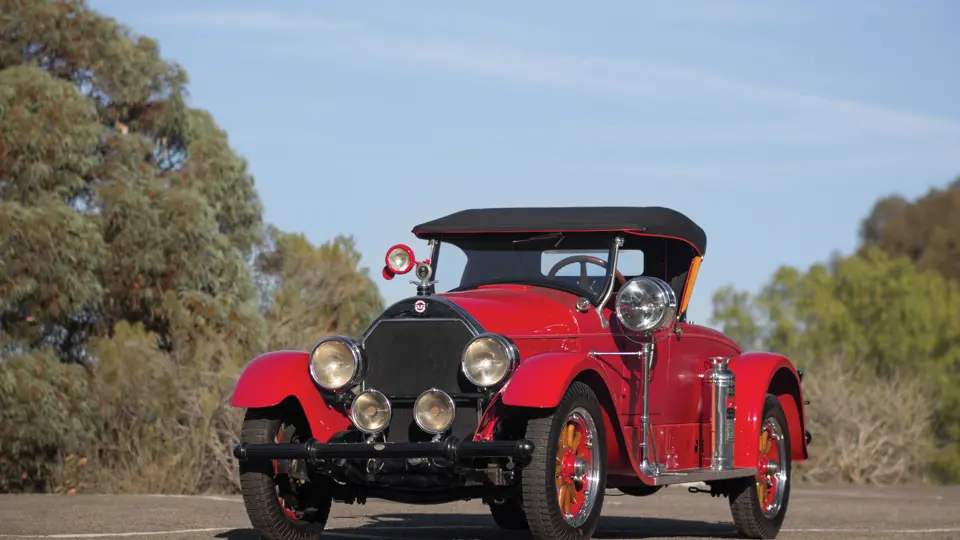
 | Amelia Island, Florida
| Amelia Island, Florida
